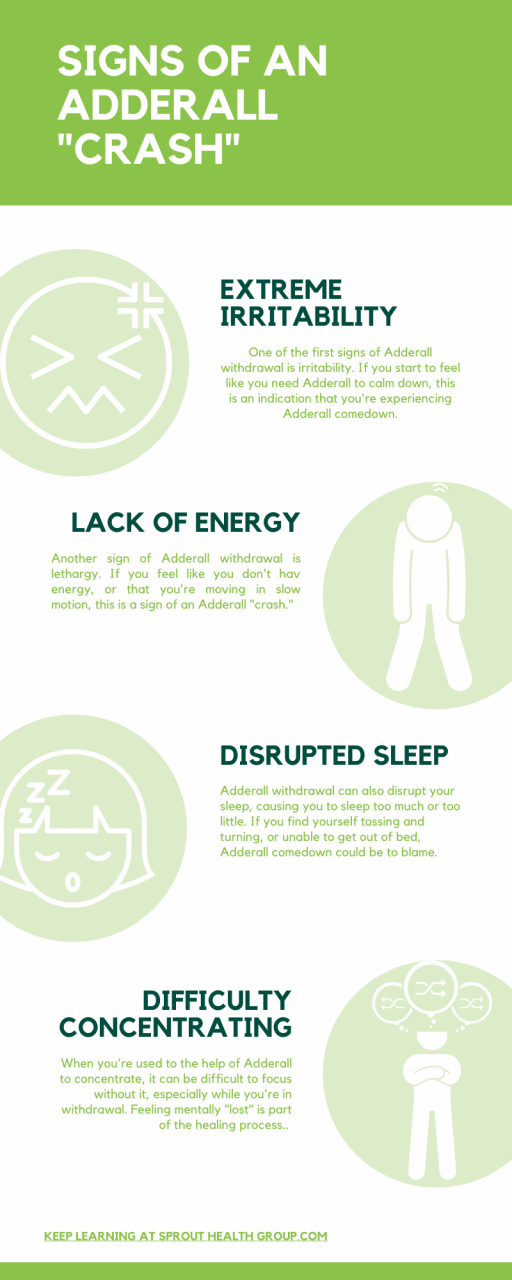
The Amphetamine Cessation Symptom Assessment (ACSA) scale 12 is a self-administered instrument that assesses the subjective symptoms of amphetamine withdrawal. Therefore, it is important to know if the abrupt cessation of lisdexamfetamine treatment is associated with withdrawal symptoms in adults with BED. 10 In 1 study 11 of 56 individuals meeting diagnostic criteria for methamphetamine dependence, cessation of methamphetamine use was associated with red/itchy eyes, increased appetite, lack of motivation, decreased energy, and sleep difficulties. The cessation of psychostimulant use can be associated with withdrawal symptoms, including hypersomnia, increased appetite, and depressed mood. Across the phase 3 BED studies, 7, 8 mean increases from baseline in blood pressure and heart rate were consistent with the established safety profile of lisdexamfetamine, 3 and with that of psychostimulants, 9 in ADHD. During the maintenance-of-efficacy study, 8 treatment-emergent adverse events reported by > 5% of participants at twice the placebo rate during the randomized-withdrawal phase were upper respiratory tract infection and dry mouth. 3 Across the short-term efficacy studies, 6, 7 treatment-emergent adverse events reported by ≥ 5% of participants at > 2 times the rate of placebo were dry mouth, insomnia, decreased appetite, feeling jittery, and constipation. In these BED studies, 6-8 the overall safety and tolerability of lisdexamfetamine in terms of adverse events and cardiovascular effects were generally consistent with its established profile. 6, 7 In a 38-week maintenance-of-efficacy study, 8 lisdexamfetamine demonstrated superiority over placebo for time to relapse in adults with BED. 3, 4 In short-term efficacy studies, lisdexamfetamine produced significantly greater reductions in binge-eating days per week than placebo in adults with moderate to severe BED. Lisdexamfetamine dimesylate is approved in the United States and other countries for use in children, adolescents, and adults with attention-deficit/hyperactivity disorder (ADHD) 2-5 and adults with moderate to severe BED. 1 A BED diagnosis requires that binge-eating episodes occur, on average, at least once a week for 3 months. 1 BED is characterized by consumption of a larger quantity of food than is typical for most people under similar circumstances, a sense of lack of control over eating during the episode, and marked distress about binge eating. The DSM-5 recognizes binge-eating disorder (BED) as a distinct eating disorder. Assessment of amphetamine withdrawal symptoms of lisdexamfetamine dimesylate treatment for adults with binge-eating disorder. To cite: Robertson B, Wu J, Fant RV, et al.

In the maintenance-of-efficacy study, mean ± SD ACSA aggregate scores for placebo and lisdexamfetamine were 4.8 ± 6.67 (n = 44) and 4.7 ± 7.78 (n = 85) on the day of the last dose at week 38/ET and 3.9 ± 5.75 (n = 37) and 5.2 ± 7.93 (n = 71) on day 7 after the last dose.Ĭonclusions: Study results suggest that abrupt lisdexamfetamine termination was not associated with amphetamine withdrawal symptoms at the exposure durations and therapeutic doses analyzed. Results: In the short-term efficacy studies, mean ± SD ACSA aggregate scores for placebo and lisdexamfetamine (pooled data) were 7.0 ± 7.60 (n = 275) and 4.9 ± 6.41 (n = 271), respectively, on the day of the last dose at week 12/early termination (ET) and 4.8 ± 6.82 (n = 234) and 5.5 ± 7.50 (n = 221) on day 7 after the last dose. Mean ± SD ACSA scores and medians are presented for study completers. The Amphetamine Cessation Symptom Assessment (ACSA), a 16-item self-report instrument (total score: 0-64), assessed withdrawal experiences. In a double-blind, placebo-controlled, randomized-withdrawal maintenance-of-efficacy study conducted from January 2014 to April 2015, participants categorized as responders after 12 weeks of open-label lisdexamfetamine (50 or 70 mg) were randomized to continued lisdexamfetamine or placebo for 26 weeks. In two 12-week, randomized, double-blind, placebo-controlled studies conducted from November 2012 to September 2013, participants were treated with placebo or dose-optimized lisdexamfetamine (50 or 70 mg).

Methods: Three studies enrolled adults with DSM-IV-TR-defined BED. Objective: To determine whether physical dependence developed during lisdexamfetamine dimesylate treatment, as evidenced by presence of withdrawal symptoms after treatment cessation in adults with binge-eating disorder (BED) treated for up to 38 weeks.


 0 kommentar(er)
0 kommentar(er)
